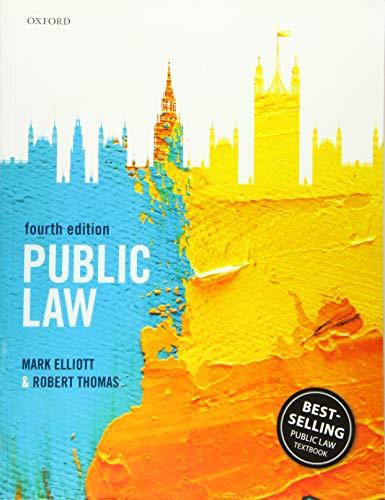Question
-Australian Business Law- Hi, I want to get used to how to answer. Question is placed after the story. James owns and runs a famous
-Australian Business Law-
Hi, I want to get used to how to answer.
Question is placed after the story.
James owns and runs a famous luxury grocery store called 'Chav' in Sydney. Isabella, a VIP customer of James' store, buys James' products in bulk to resell them in her store. James has a high reliability for Isabella, so he gives Isabella a two-week credit period to help her complete the payment of the goods. After James has processed his order, Isabella sends James a bill of $10,000. But after a month Isabella still didn't pay James. As a result, James calls Isabella to track the invoice, and Isabella promises to pay the invoice within two weeks. But James goes another month without any payment from Isabella.
James eventually contacted Isabella again to confirm the payment, and was told she 'cannot afford to pay the invoice because of COVID-19. James felt that Isabella would eventually not be able to pay James. Therefore, James proposed like 'why don't James give Isabella a letter of recommendation to the father of Isabella, a well-known chef who often appears on TV and has influence?'.
Isabella told James she was positive about the idea and would recommend it to her father. James agrees with the deal because Isabella's father was so famous that he could have brought greater profits to James' store.
Question 1
Does the new agreement made between James and Isabella make James' decision to receive part of the existing invoice amount legally binding? (required to use principles of consideration)
Question 2
Please show how to write in IRAC format
Issue
Identify the issue (in question format e.g. whether blah blah..?)
Rule
Identify which law or test applies to the issue.
Include definitions from case law and/or statutory provisions.
Application
Analyse/apply of the elements of the case law and/or statutory provisions to the factual problem.
Discuss arguments for both sides of the factual problem when possible.
Identify similarities and differences between the factual problem and the case law.
Use the facts to explain how the case law and/or statutory provisions leads to the conclusion.
Conclusion
State the results of your analysis.
Conclusion should be supported with a justification.
Step by Step Solution
There are 3 Steps involved in it
Step: 1

Get Instant Access to Expert-Tailored Solutions
See step-by-step solutions with expert insights and AI powered tools for academic success
Step: 2

Step: 3

Ace Your Homework with AI
Get the answers you need in no time with our AI-driven, step-by-step assistance
Get Started


